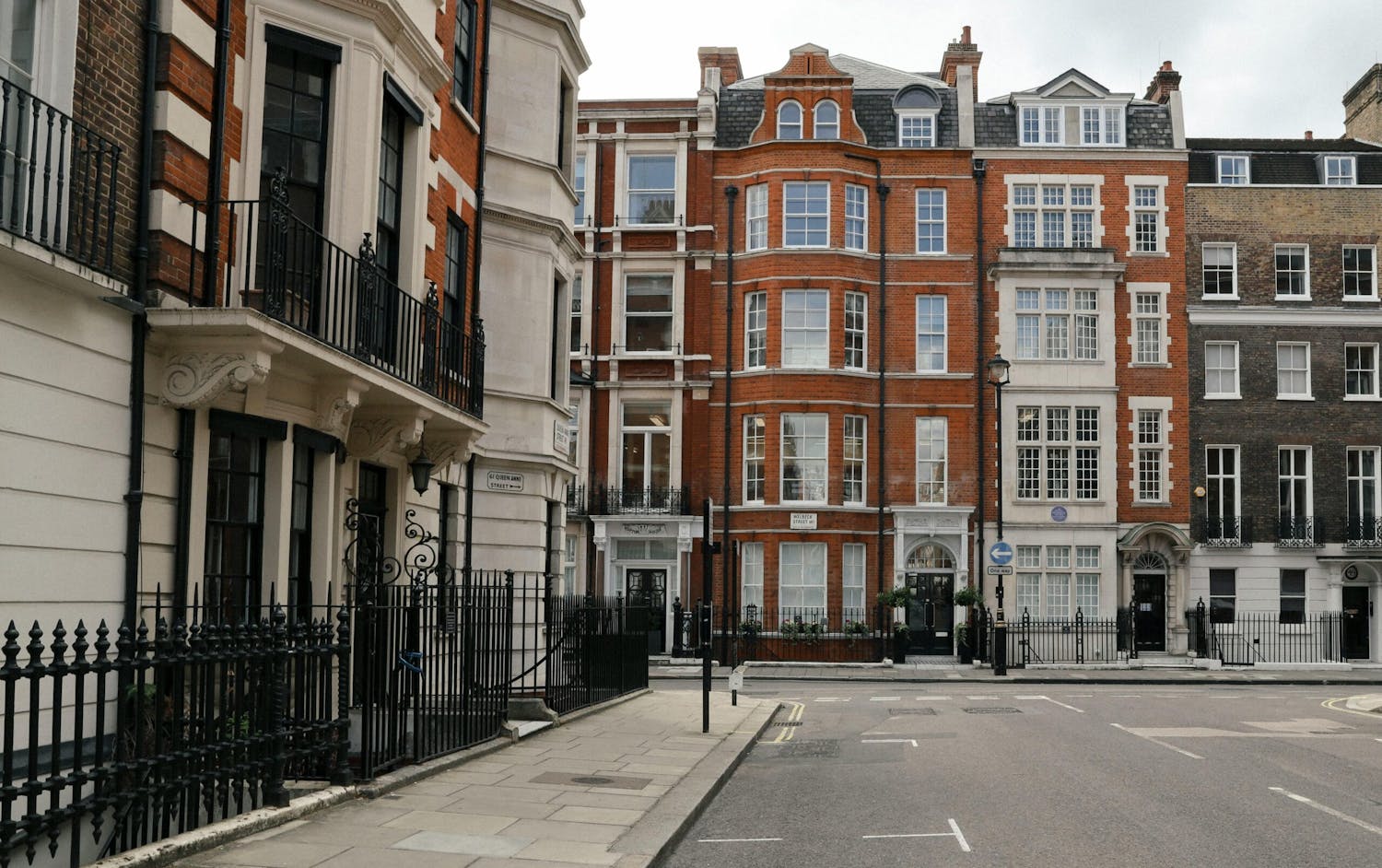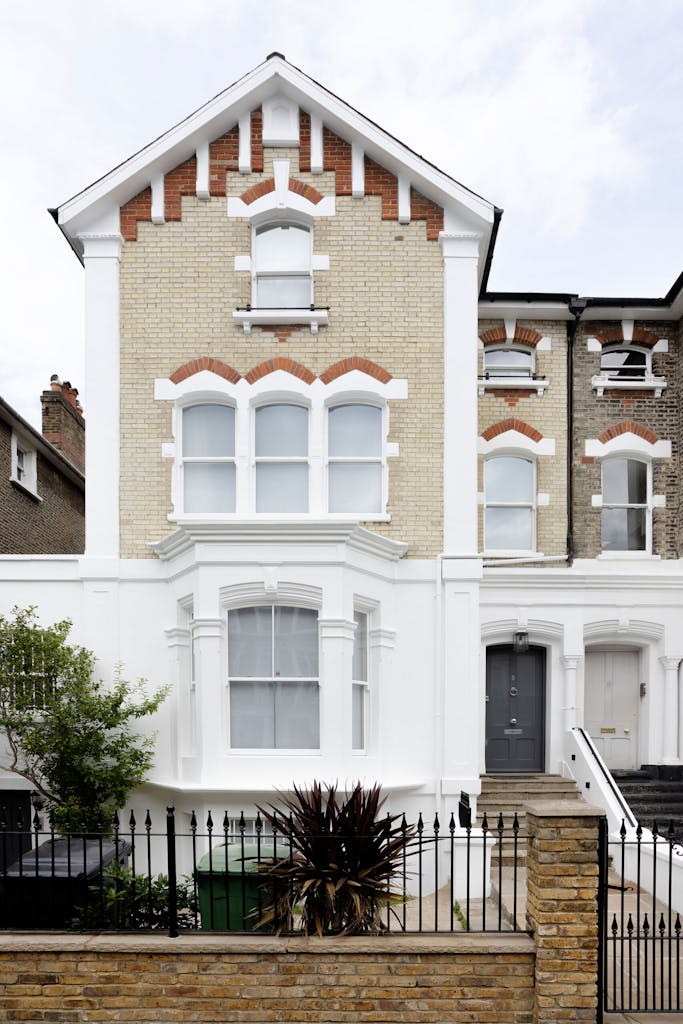

Working with Heritage Buildings
Our historic building architects have a wealth of experience and expertise in transforming and adapting listed properties and heritage buildings into modern homes, seamlessly and sympathetically blending contemporary needs with a careful attention to both detail and any planning constraints.
Our approach when working with heritage architectural projects is three-pronged:
• respect the original design
• understand the client’s requirements
• maximise the potential of the property within any Listing and Conservation regulations

Successful listed building approvals and planning consents require skill, adeptness and a positive collaborative approach, backed by an in-depth knowledge of the sometimes complex and contrary heritage and planning rules.
Our heritage architects are well versed in gaining planning approvals in some of the most sensitive planning landscapes, including Westminster, the Royal Borough of Kensington & Chelsea and the Cadogan and Grosvenor Estates.
One challenge with listed buildings we particularly enjoy is how to complement the original historic fabric of the building while improving both sustainability and energy efficiency. We do not see listing as a barrier to a great design, rather an intimate opportunity to interact with a timeless piece of our heritage.

Listed Buildings & Conservation Areas
The built environment is one of our greatest legacies. This heritage includes not only important historic buildings and ancient monuments, but also listed buildings as well as properties in conservation areas and older historic buildings. Today there are over six million houses that were built before 1920 in the UK, ranging from the Tudor to the Edwardian period. Many of these houses are either listed or located in a conservation area.

Buildings achieve listed status for several reasons, usually due to a combination of factors. These include age, proximity to a conservation area, the presence of unique or distinctive architectural features, as well as historical factors such as how well they represent a particular period. Or even the identity of past homeowners. Buildings can be anointed with Grade 1, Grade 2, or Grade 2*status, depending on where they fall on this spectrum, and can also be locally listed by the local authority. The grade of listing determines the level of protection.
The term conservation area generally applies to an urban area, or the core of a village, that is ‘desirable to preserve or enhance’ because of its architectural or historic interest. It is the protection of the neighbourhood, street scene or area that is intended, rather than specific buildings.